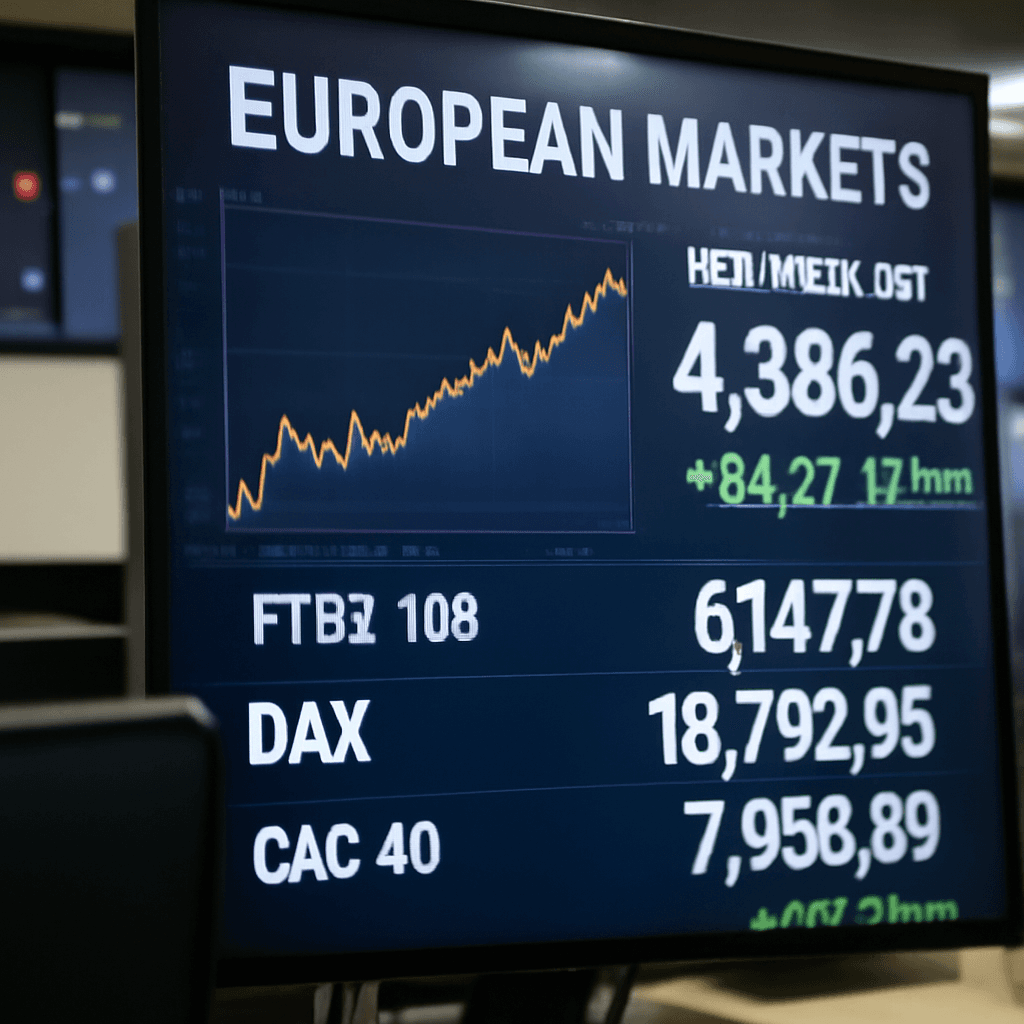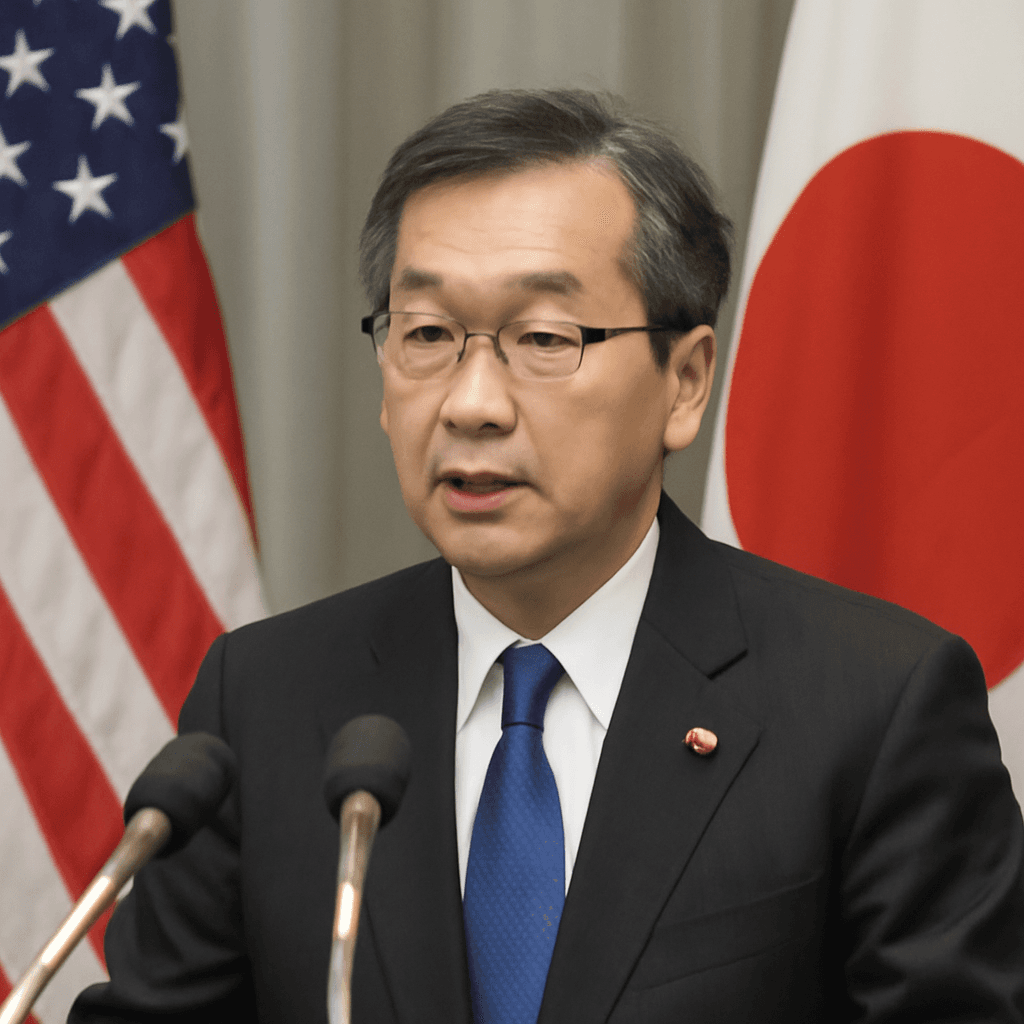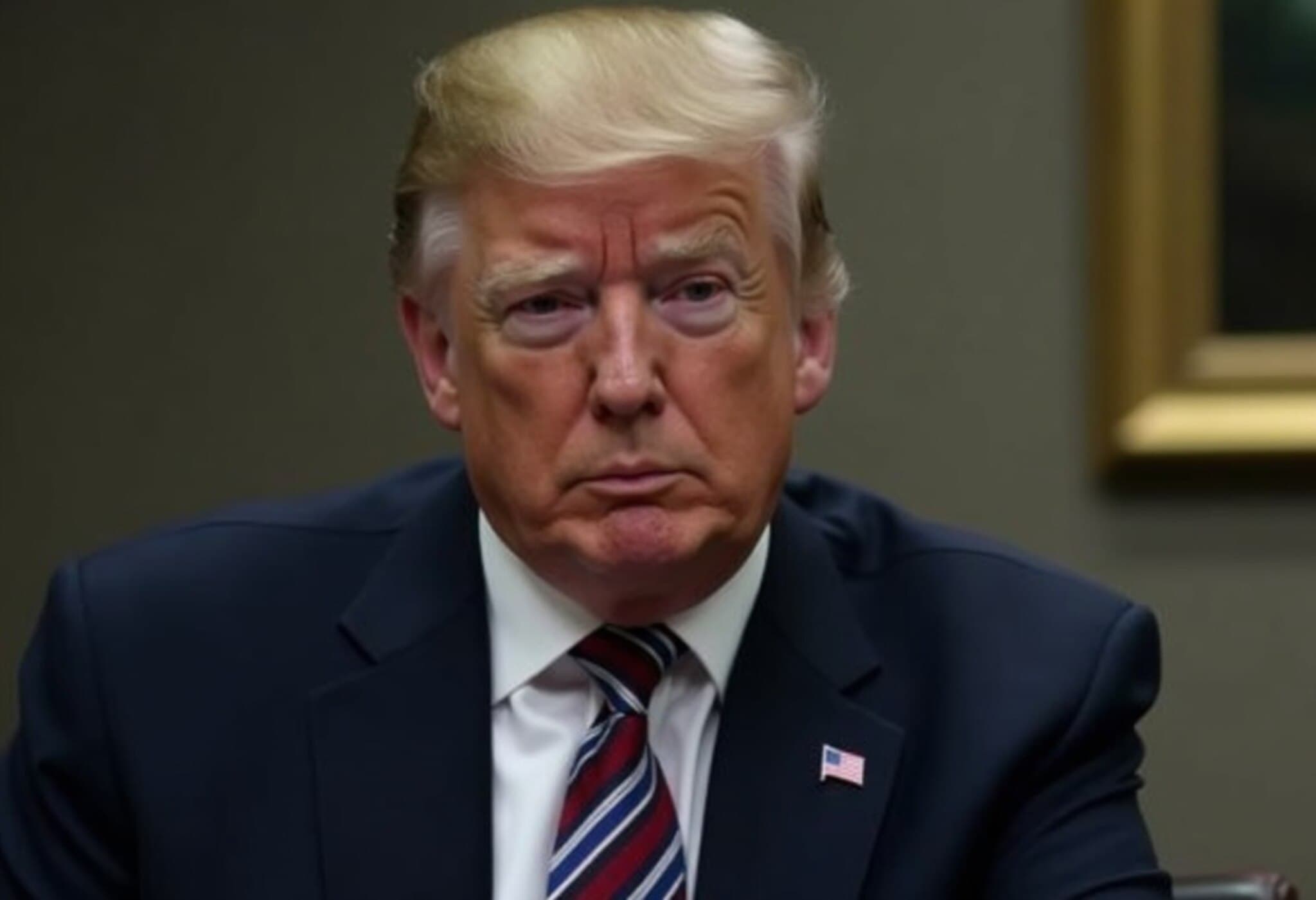Gold Futures Soar to Record High Amid U.S. Tariff Announcements
On August 8, 2025, gold futures in the United States reached unprecedented highs, reaching a peak price of $3,534.10 per ounce for December delivery before moderating to around $3,495 by mid-morning. This surge was sparked by an unexpected development from the U.S. Customs and Border Protection (CBP), which indicated that certain Swiss gold bars would be subject to newly imposed tariffs. Spot gold prices remained steady near $3,400 per ounce, underscoring the metal's continued role as a refuge amid economic uncertainties.
Understanding the Tariff Ruling and Its Impact
Earlier this week, President Donald Trump's administration enforced 39% ‘‘reciprocal’’ tariffs on a range of Swiss imports. However, ambiguity lingered about whether these tariffs extended to gold bars, a point clarified in a detailed July 31 letter from CBP responding to a Swiss refinery's inquiry.
The ruling categorized one-kilogram and 100-ounce Swiss gold bars under the customs code 7108.13.5500, rather than 7108.12.10. This distinction is pivotal: the latter code exempts gold imported as unwrought non-monetary bullion from tariffs, while the former does not. The bars in question had been ‘‘too processed’’ due to markings such as stamps and laser identifiers, disqualifying them from the tariff-free category.
Given Switzerland's status as the world’s largest gold refiner, with 192.9 metric tons shipped to the U.S. in January alone, this ruling reverberates through global gold markets.
Expert Insights: Market Implications and Industry Reactions
Michael Hsueh, Research Analyst at Deutsche Bank, noted that this tariff clarification ‘‘re-emerged’’ a surge in imports reminiscent of earlier spikes seen in late 2024 and early 2025. He highlighted that while the ruling currently applies broadly regardless of origin, refiners could adapt their production to meet tariff exemption standards, such as producing minimally processed cast bars or granules, allowing them to bypass these duties.
Joni Teves, a strategist at UBS, explained that the tariff's immediate effect could disrupt the mechanics of the Comex gold futures market. Since these futures contracts typically assume the ability to import physical gold into U.S. warehouses to settle positions, the added cost of tariffs—especially with Switzerland facing 39% duties—introduces uncertainty and could shift market behaviors.
Teves added that this regulatory ambiguity might encourage a shift toward alternative delivery points, with London emerging as a probable hub for gold settlement operations. This pivot could potentially challenge New York’s dominance in futures trading and hedging activities.
Long-Term View: Volatility Amid Global Economic Uncertainty
Philippe Gijsels, Chief Strategy Officer at BNP Paribas Fortis, expressed a bullish outlook, setting his target price on gold at $4,000 an ounce, with room for even greater increases. Gijsels underscored how growing doubts around Federal Reserve independence, escalating government debt concerns, and persistent inflationary pressures enhance gold’s appeal as a real asset.
Yet, he warned investors to brace for heightened volatility. ‘‘We may be entering a period of market dislocations akin to what we have seen in copper,’’ he said.
Deutsche Bank’s Hsueh emphasized U.S. government intent as the crucial variable shaping gold's future. Should policy focus on expanding domestic refining capacity, tighter restrictions and tariff enforcement—even eliminating current exemptions—might further fragment the gold market. Such a bifurcation could cause gold circulating within U.S. markets to diverge significantly from volumes managed internationally, posing complex challenges for traders and investors alike.
Hidden Narratives and Policy Questions
- Supply Chain Reconfiguration: How might Swiss refiners and other global players innovate process techniques to dodge tariffs while maintaining compliance?
- Market Fragmentation Risks: Could a split between U.S. and international gold flows accelerate, leading to liquidity constraints or pricing discrepancies?
- Geopolitical and Economic Signal: What does this tariff move indicate about broader U.S. trade strategies under current administration, especially given global gold market interdependencies?
Editor’s Note
The recent CBP ruling on Swiss gold import tariffs has rattled an already sensitive gold market, injecting fresh volatility into a commodity long prized as a safe haven amid uncertainty. Beyond immediate price movements, this episode raises critical questions about trade policy coherence, the evolving global role of gold trading hubs, and the adaptability of supply chains in weathering regulatory shifts. Investors and policymakers alike should watch closely: the ripple effects could redefine gold’s transactional and strategic value in international finance.

















